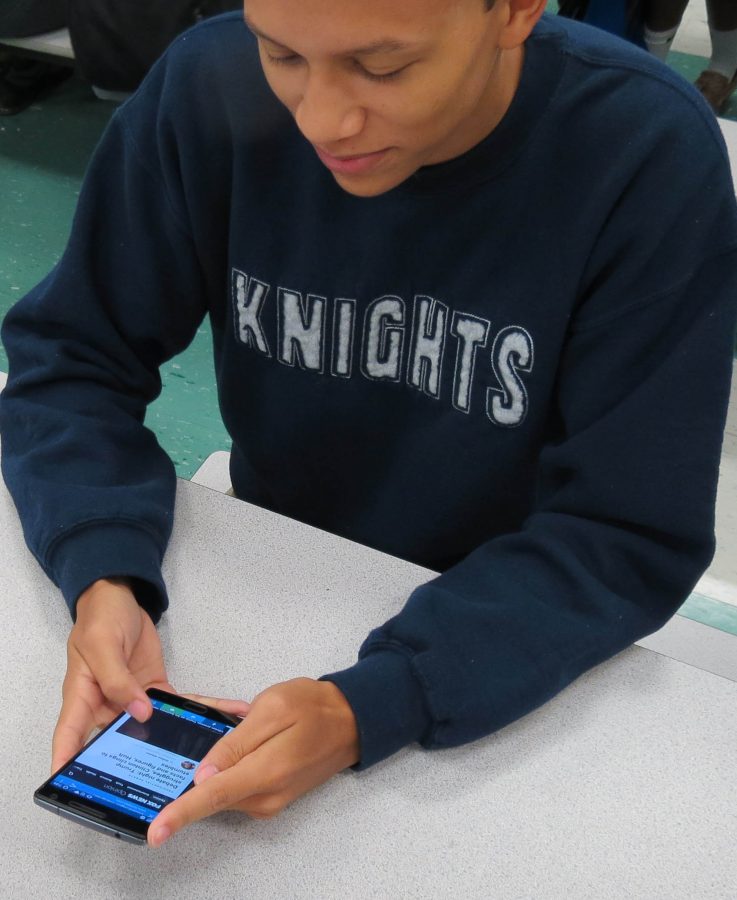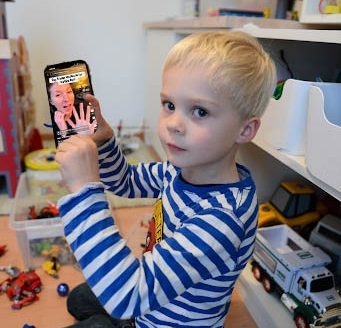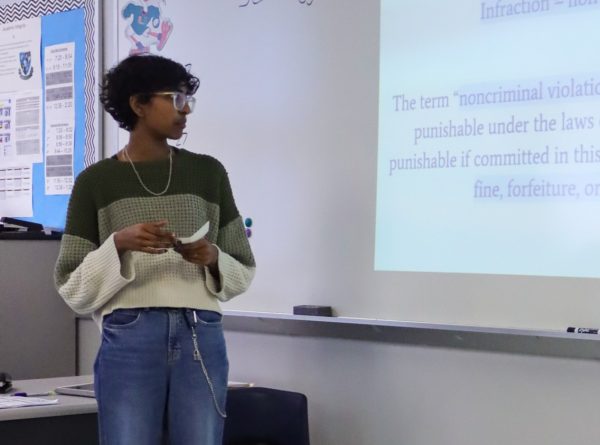A matter of trust
A man was shot, and news channels, Twitter feeds and articles pour in with the story of what happened.
But what is the truth?
With different sources saying different things, it becomes difficult for someone to know where to look for their news. With each source there is a different delivery, a different perspective, and a different level of credibility.
For any story, multiple news sources are available almost immediately, so it is easy for someone to find information. However, conflicting opinions can affect the message that viewers or readers are getting.
“Even the most centrist outlets have a bias, it all depends on what the contributors believe,” junior Kyle Findlay said.
News shows such as CNN and Fox News are known for their political leanings, liberal and conservative respectively, and this can influence how they describe situations such as the presidential election. When Hillary Clinton called Trump’s supporters deplorable, CNN’s headline said she “expressed regret” while Fox News labeled it “Clinton’s ‘deplorable’ attack.”
“News networks definitely skew opinions on certain things like certain stations support Hillary and will only show the light side of her and the dark side of Trump,” junior Jacob Ball said.
Social media is a convenient source of news, but it is not necessarily a reliable one. Senior Samuel Naranjo feels that social media has more “sentiments expressed” by people rather than facts. Twitter blows up after each police shooting and piece of election drama. Because Twitter allows anyone to speak their mind and give insight on a topic without any prior education or any information on the subject, this means that Twitter feeds can be flooded with possible information related to a new topic. For example, after a video surfaced of the Tamir Rice police shooting, Twitter was full of links to the video as well as Tweets chastising or supporting the officers.
For some students, it is difficult to filter through Twitter. “They always say that you’re entitled to your own opinion but I don’t always think that’s true,” senior Evan Martinez said, “I think you’re entitled to your informed opinion, and I don’t use a source if I know it’s not reliable.”However not all students are as incredulous of social media as others. Senior Conner Hermenau said that social media “exposes you to less covered issues” and also provides more perspectives than what can be found on traditional media sources. Hermenau feels that major news channels only talk about candidates from the Republican and Democratic party, and they ignore third party candidates like Gary Johnson or Jill Stein.
To ensure they find the truth of every story there are many ways that students use. Senior Tania Sims only believes articles on social media that come from a source she knows or finds credible such as the Huffington Post. But most students use multiple sources in hopes of getting consistent details that explain what happened.
However these clear biases are not enough to sway everyone. Some students may see the obvious sides a network takes, but still watch it because they want to see every perspective of a topic. Naranjo says it is “essential” to get news from multiple sources because he knows newspapers are owned by corporations and that influences what they write
When getting news online, news outlets rely on ads and clicks to make their money. This changes how students look at news sources that can be found scattered throughout their Twitter feed.
“They cater to their viewers who would not want to read or view things that oppose [the viewer’s] opinions or possible could offend them so the sources get more ad money because of it,” Naranjo said.
When searching for a credible source, senior Bailey Wendel said that the “political agenda” of different news sources does not affect him. “I’m not really looking to get swayed from one opinion to another. I’m just looking for news,” Wendel said.
Your donation will support the student journalists of Hagerty High School. We are an ad-free publication, and your contribution helps us publish six issues of the BluePrint and cover our annual website hosting costs. Thank you so much!







